Why would Rolex, the Swiss brand whose timepieces are famous for their ‘crowns’ as they are for their reliability and high quality, produce the Oyster Perpetual Deepsea Challenge RLX Titanium, a new model that not only pushes the limits of engineering but also challenges the limits of human nature?
The short answer? Because it is Rolex, and it can.
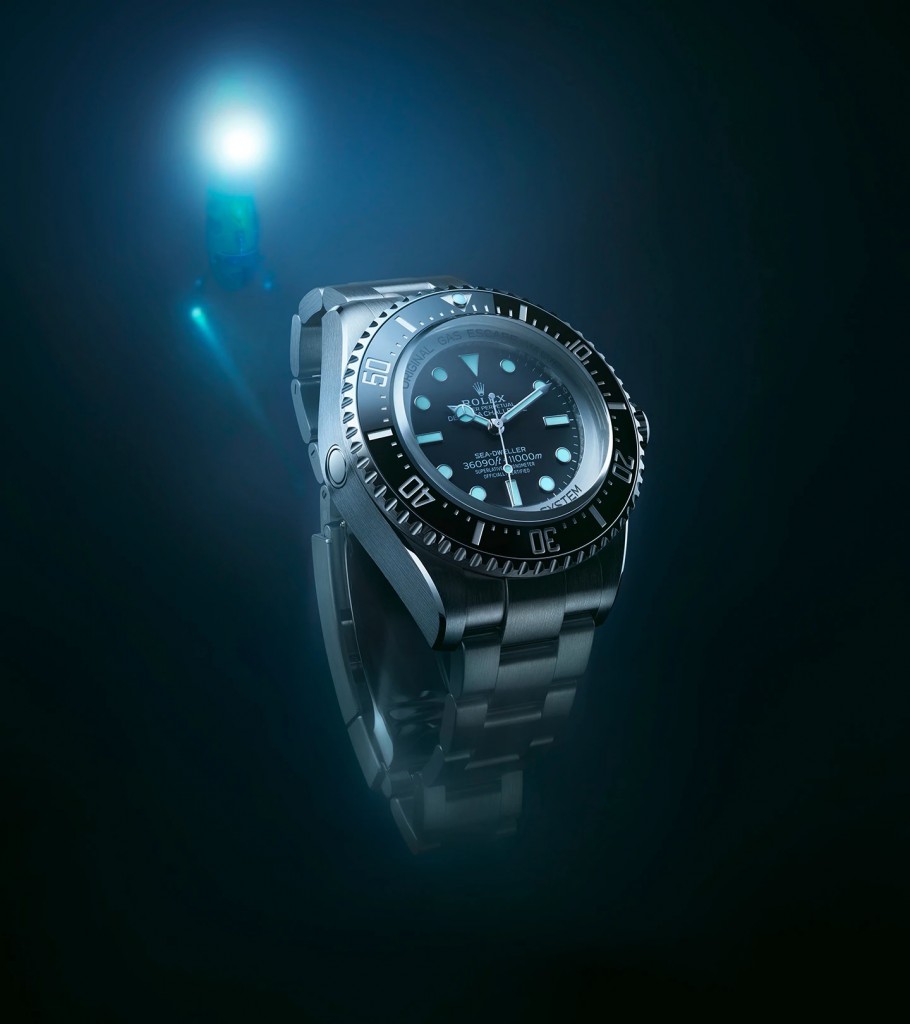
But in reality, the answer is a bit more nuanced than that. In 1926, Rolex produced the first waterproof timepiece – the Oyster – earning a reputation (at the time) as the brand with the waterproof watches. At this point, it had two choices — move on from this niche and break other engineering records in the watchmaking world, or, attempt to break other records while improving the waterproof capabilities of timepieces.
Rolex chose the latter.
In 1960, strapped on, and accompanying the Trieste bathyscaphe on its historical descent into the deepest place on earth, the Mariana Trench in the Pacific, was the Rolex Deep Sea Special No 3. After making it to a remarkable depth of 10,911 meters, the timepiece emerged intact and in perfect working condition.
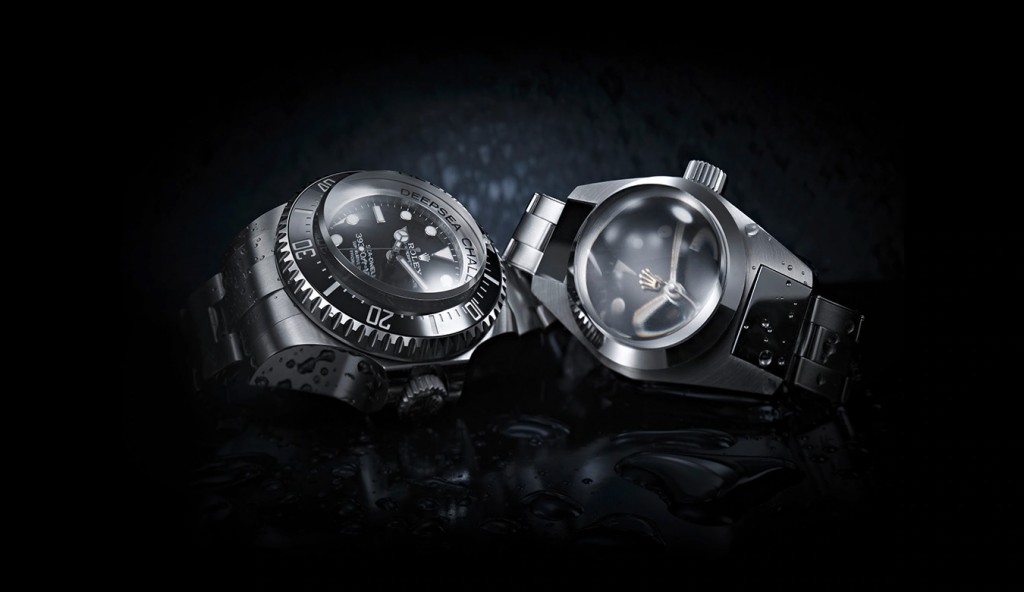
In 2012, fifty-two years after a Rolex timepiece journeyed for the first time to the depths of the earth, another would make this same eventful descent. This time, it was the Deepsea Challenge, attached to the manipulator arm of filmmaker James Cameron’s submersible. Produced in just eight weeks, the timepiece once again survived the plunge, coming up above the sea without sustaining any damage.
Once again, Rolex had proven that it is truly the king of waterproof timepieces and all other brands are only playing catch up.
But there was a problem.
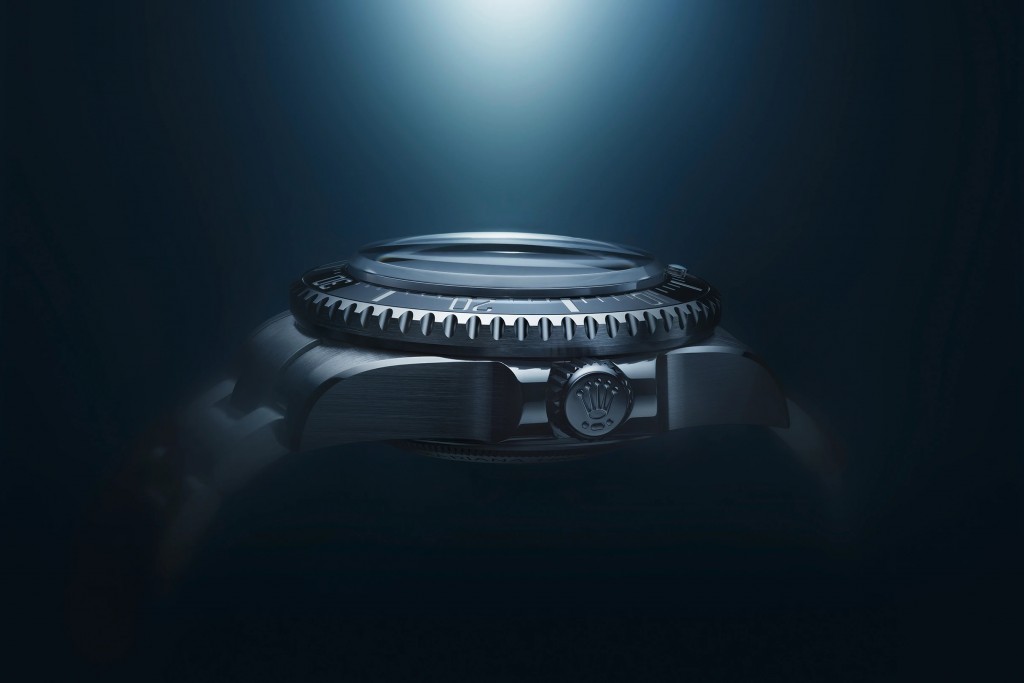
Both the Deep Sea Special No 3 and the Sea-Dweller Deepsea Challenge were simply experimental timepieces that could not be worn for everyday use, which is another thing Rolex prides itself on (all Rolex timepieces are designed to be worn everywhere at all times). Omega had not only managed to surpass Rolex’s record – in 2019, its experimental Seamaster, affixed to Victor Vescovo’s submersible, reached a depth of 10,916 metres, 8metres more than Cameron’s 10,908 – but also managed to come out with a commercial variant earlier this year, the Seamaster Ultra Deep Pro with a depth rating of 6,000metres.
Rolex had to do something.
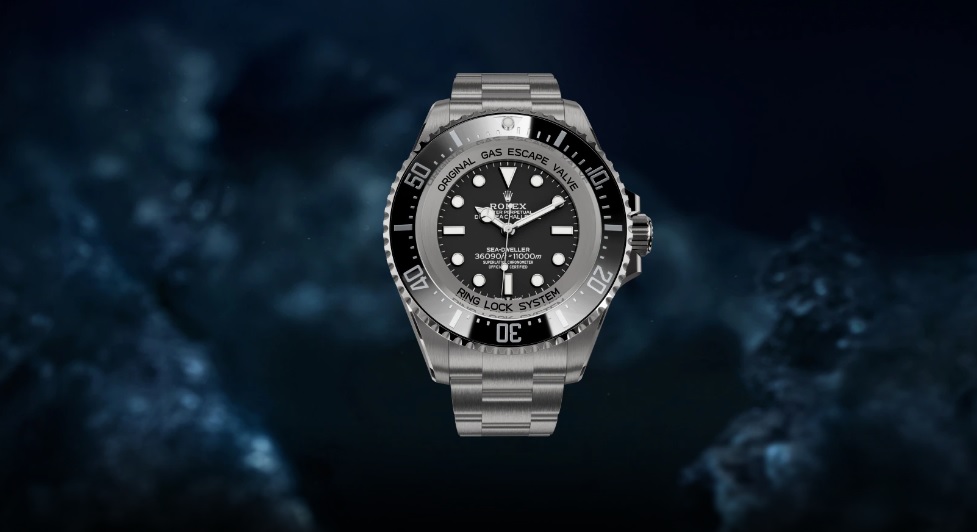
Enter the Deepsea Challenge RLX Titanium, Rolex’s unique way of saying that while its crown may be temporarily taken away, it cannot be permanently retained.
The Deepsea Challenge is not just phenomenal because it is the first timepiece that can survive in depths no human can ever survive in. This clearly is part of its appeal, and for those who would be lucky to get it (Rolex watches are as notorious for their scarcity as they are for their sturdiness), they can rest assured that they have a timepiece that can thrive in any weather. Rolex has not said so, but if the Deepsea Challenge can hold its own in the world’s deepest depths, where else can’t it survive?
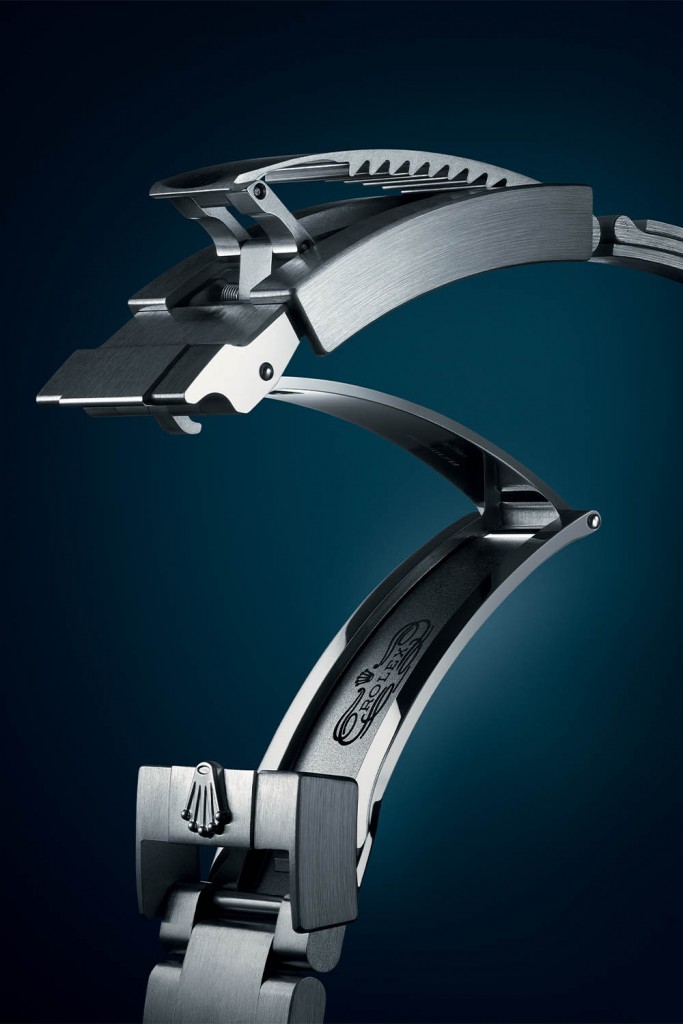
What is truly remarkable about the Deepsea Challenge, however, is the fact that it is the first timepiece in Rolex’s history to be made from titanium; in this case, the brushed RLX titanium, an internal name for grade 5 titanium. Titanium as a material is not new in the world of horology, and yes, Rolex is a late bloomer in this regard. But it says something about the brand that when it made the decision to introduce titanium into its pieces, it made sure it did so in the grandest way possible.
But then again, the decision to use titanium in making the Oyster Perpetual Deepsea Challenge was born out of necessity. In order to withstand all the pressure in the depths of the sea, Rolex had to make this particular model big: it is 50mm in diameter and 23mm in thickness (of that, 9.5mm is the sapphire crystal). A steel timepiece with these measurements would have been rather too heavy for everyday wear. Titanium with its resilience, flexibility and lightness was the sensible alternative.
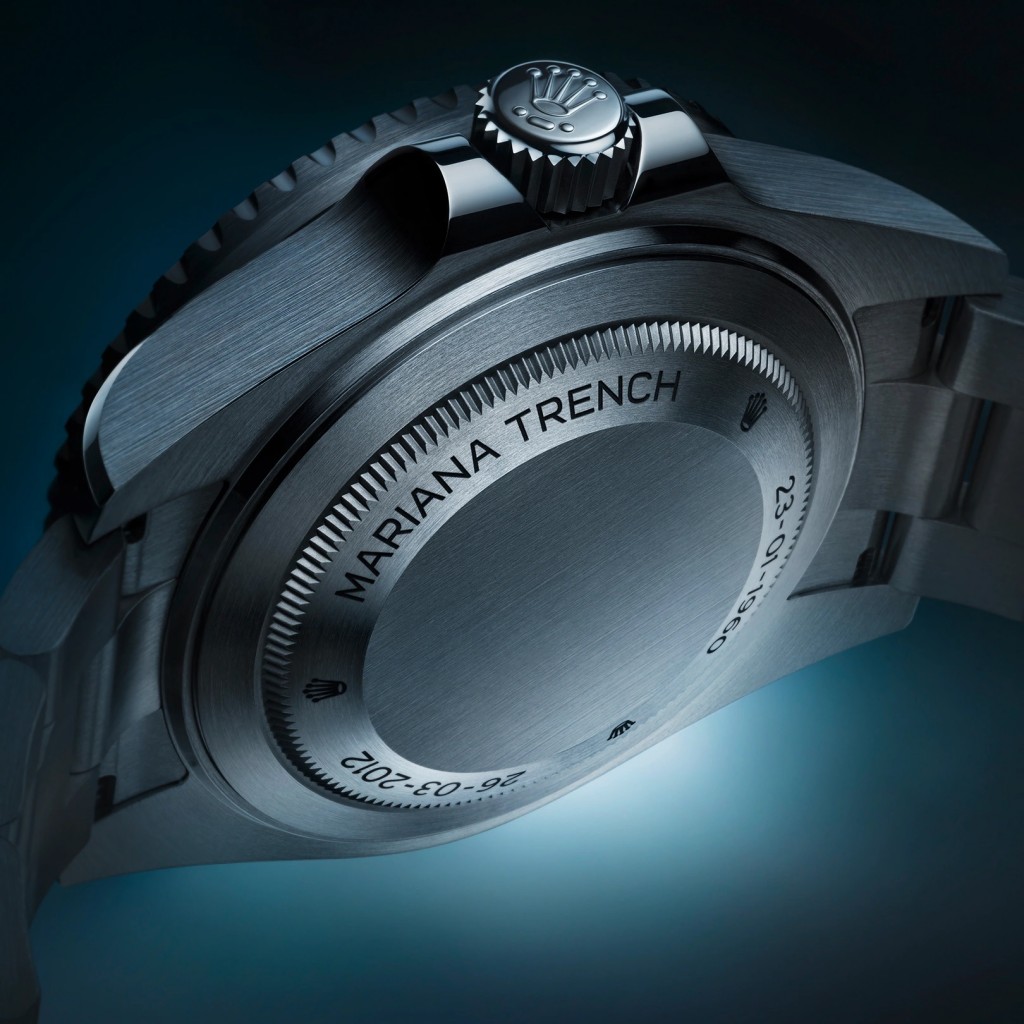
Other than that, the Deepsea Challenge retains all the tech that makes Rolexes such standout timepieces. It has the ring lock system which allows the timepiece withstand extreme pressure, and, the helium escape valve which enables surplus gas to escape from the watch during a diver’s decompression phase. It is also fitted with the Rolex Glidelock and Fliplock extension systems so that it sits comfortably and snugly on its owner’s wrist, whether they’re sporting a short-sleeved T-shirt or have on a diving suit up to 7mm thick.
One last thing. On the back of the case of the $26,000 Deepsea Challenge RLX Titanium are the words: ‘Mariana Trench. 23-01-1960. 26-03-2012.’ Of course, you already know what they stand for, but just in case you ever forget, Rolex wants you to remember that this is one timepiece that is capable of going anywhere with you, even if that ‘anywhere’ is the deepest depths of our planet.
